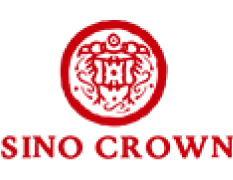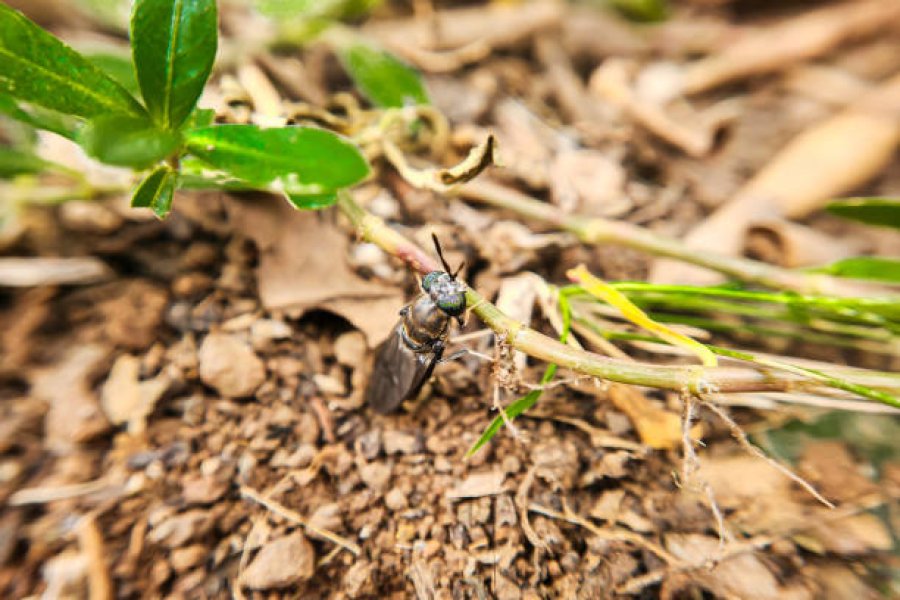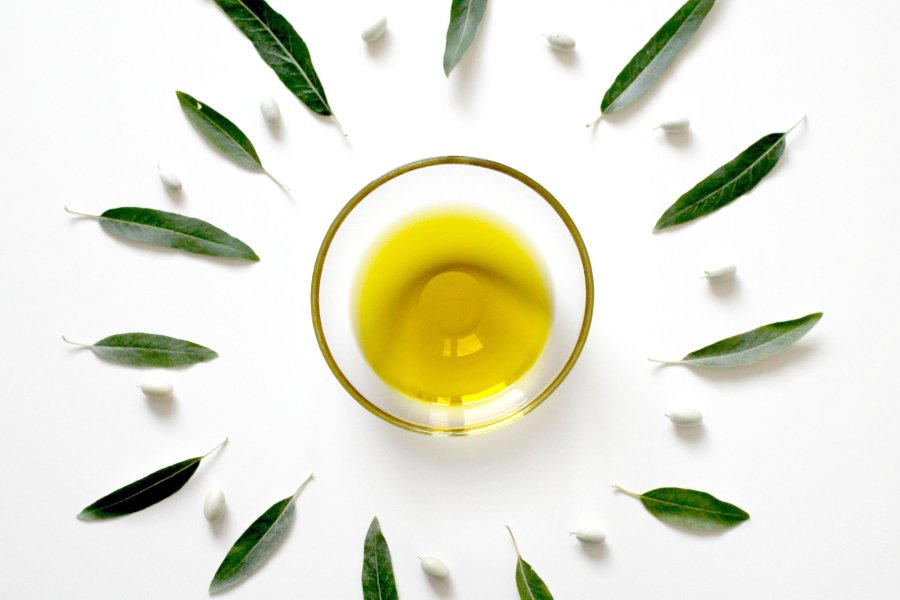On December 3, 2025, the "2025 Unicorn Companies 500 Conference," themed "Innovation as the Core, Collaboration for Development," was held in Qingdao. At this grand event gathering cutting-edge global innovation forces, Xinong Kangyuan Bioengineering Co., Ltd., a company deeply rooted in the field of bioengineering for 23 years, was successfully recognized as a "2025 China Hidden Unicorn Company" thanks to its disruptive "waste-to-treasure" core technology and mature industrial solutions. This recognition is not only an authoritative endorsement of the company's technological strength but also signifies that the model of driving systemic agricultural transformation with green circular technology has been recognized as a key component of new quality productivity.

 English
English Deutsch
Deutsch Español
Español Français
Français 日本語
日本語 한국어
한국어









